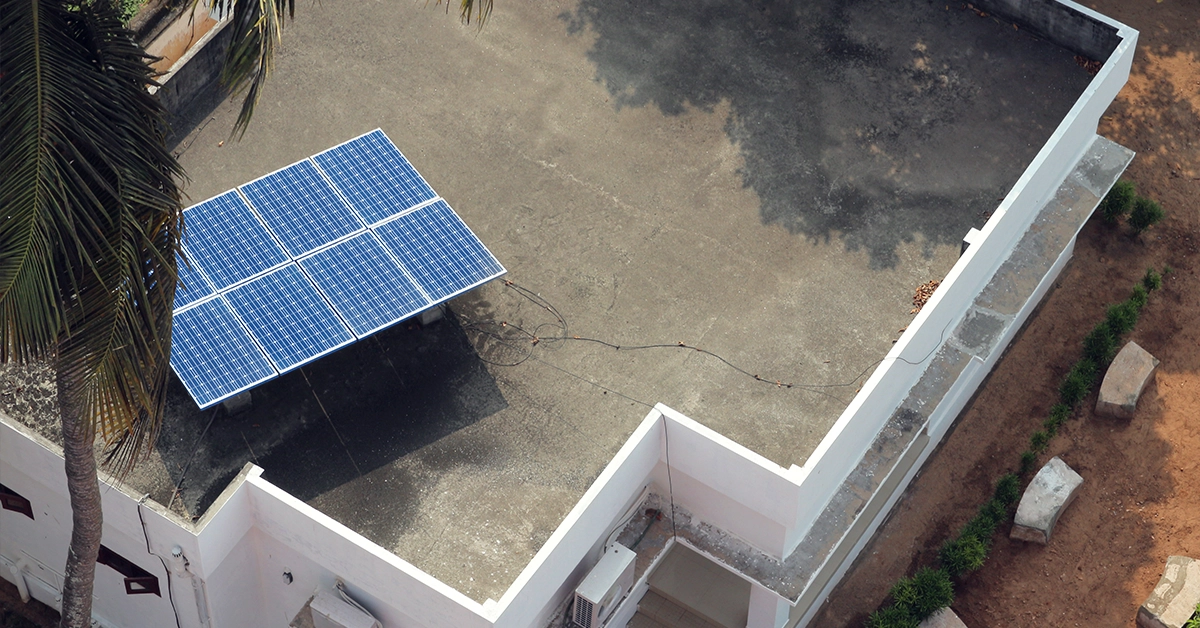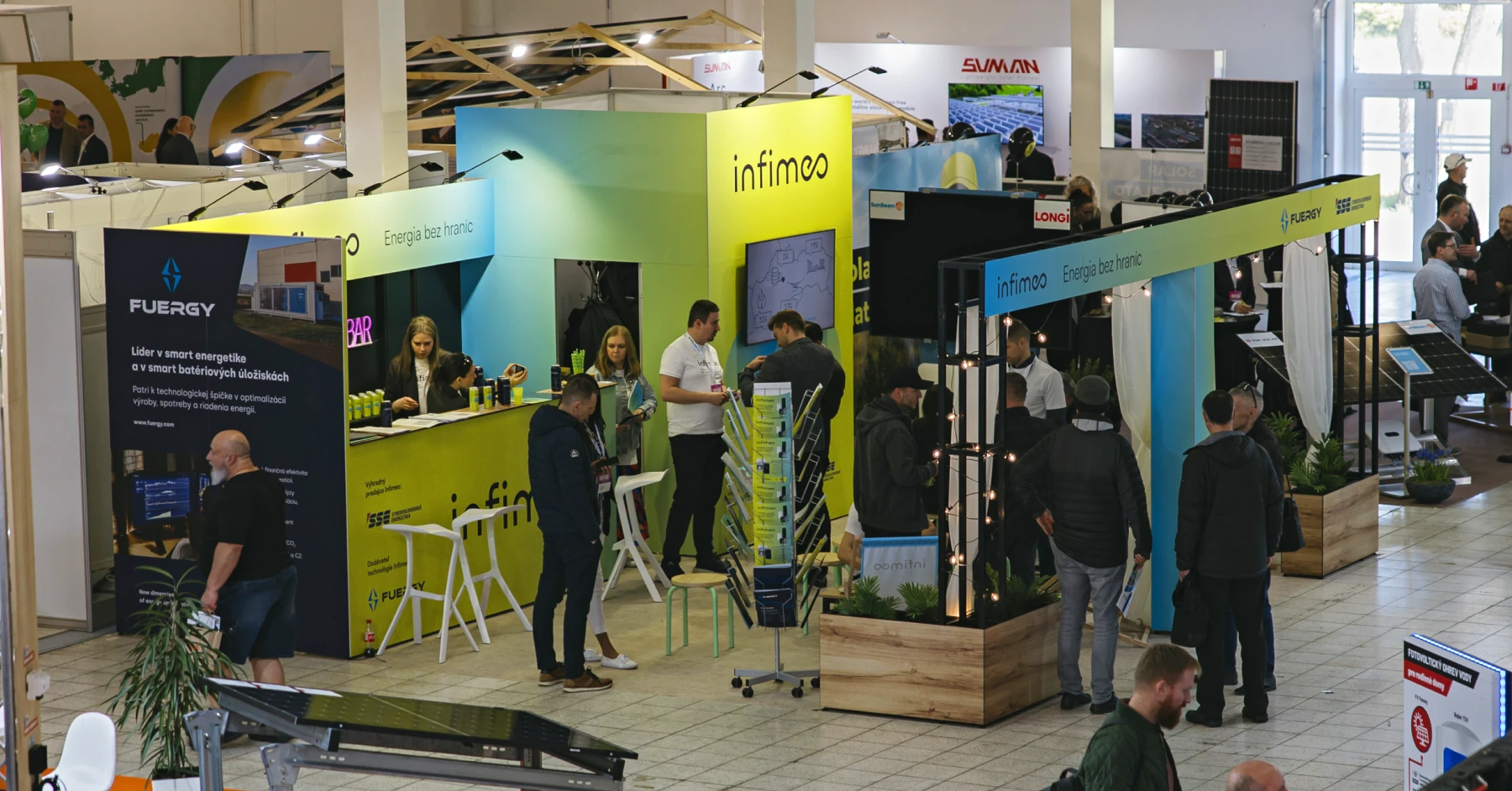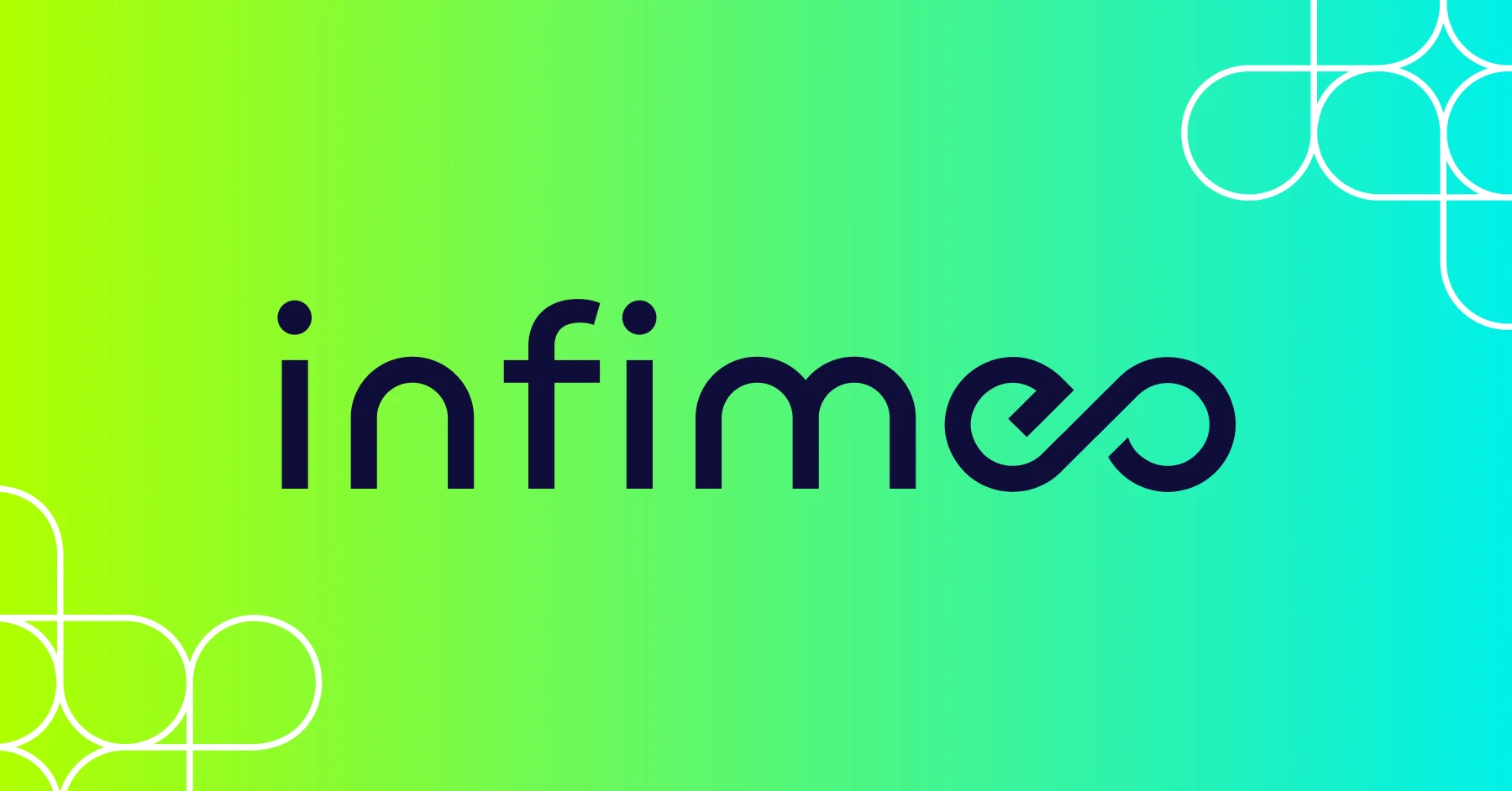
Here’s how we envision it:
Powering all of India
In 2017, a report by the government of India found that four states (Maharashtra, Gujarat, Tamil Nadu, and Rajasthan, in descending order) produce 40% of the country’s energy. This underlines India’s generation imbalance and its relatively high degree of energy centralization. India lacks the infrastructure for supplying electricity to its entire population of 1.34 billion. India has made significant strides since the World Bank published a study in 2014 when it reported that 300 million Indians did not have access to electricity, at the time the highest number in the world. A government audit found that 18,452 villages lacked electricity. This prompted the government into making plans on improving this issue. The Power to All scheme promises to supply energy consistently to all of India’s citizens by 2019. However, according to official data, only 1,417 of India’s 18,452 villages, or 7.3% of the total, have 100% household connectivity, and about 31 million homes are still in the dark.
With excellent solar conditions throughout the majority of the country, FUERGY Devices can be installed in remote villages which have issues connecting to the main power grid. Similarly to how villages in Sub Saharan Africa ditched the idea of building landlines for telephones and went straight to adopting cell phones, unelectrified villages in India can build their own physical microgrids, set up solar panels and use FUERGY Devices to improve their energy efficiency by managing the generation and distribution of electric energy within them. Villages that are already connected to the public power grid can utilize FUERGY Devices to sell their surplus energy and provide a much needed additional source of income. The excess energy trading will be processed automatically by FUERGY’s software called brAIn. The brAIn will be responsible for the optimization of green energy consumption, production, and storage within the whole New Energy Ecosystem.
Preventing blackouts
India experienced some of the worst blackouts in terms of people affected. The 2012 blackouts were the worst in recorded history, affecting 700 million people, which was then almost 10% of the world’s population. In 2012, extreme heat and low rainfall led to increased energy demand while hydroelectricity plants were underperforming, but the factors may vary. Inevitably, a more centralized power grid is vulnerable to natural disasters, man-made accidents or other events that can interrupt the power supply.
As a FUERGY Device consists of a home battery or other form of energy storage, it can be used as a source of backup power in case of emergencies. The FUERGY Home version has a 6.5 kW battery, which can easily provide 3 to 4 hours of energy for a modern home. For a less-demanding rural house in India, this could extend to much more and cover the extent.
The FUERGY Home Max has a 19.6 kW battery and FUERGY Business devices are delivered with custom batteries that may have even bigger capacities. Utilizing these versions in India’s economically-crucial IT services industry (worth $167 billion USD in 2017–18) could prevent costly work and server interruptions, or at the very least provide enough time for employees to adequately shut down operations.
Dynamic demand response
The issue of overgeneration, also known as the duck curve, is an issue that will become more prominent as India’s government succeeds in upgrading its power generation with renewables. High reliance on inconsistent sources of power, especially wind and solar power, must be offset either through energy storage or better management. FUERGY will provide both accumulative capabilities and an AI that will synchronize behavior between its devices.
One of our larger ambitions is to provide a FUERGY Device into every household that desires a renewable solution for its energy needs. A network of FUERGY Devices is a network of batteries, which is essentially decentralized energy storage that can load and charge independently of the local power plants.
In 2012, a late monsoon season and high temperatures caused a spike in demand while hydroelectricity production underperformed. If such a situation would repeat itself, FUERGY Devices would register the increased demand and automatically sell solar or wind energy into the regional part of the New Energy Ecosystem at market price. These devices would, therefore, earn money for their owners while supplying the power grid to prevent electricity outage. On the other hand, if there is significant overgeneration, the batteries of FUERGY Devices can be used to store some excess power and prevent it from being wasted.
For us at FUERGY, India is an incredibly attractive market that is highlighted by its size, excellent solar conditions and a government eager for adopting renewable energy. Through sheer size and population, India presents a vast market. Add to that the government’s willingness to go green and its favorable natural environment, and you have a clear picture of how excited we are about India!
At FUERGY, we follow this vision and bring unique solutions that bridge the gap between economic and ecological. Read our other articles or contact us today! Our experts are here to help you find a tailor-made solution to your needs.
New dimension of energy optimization





